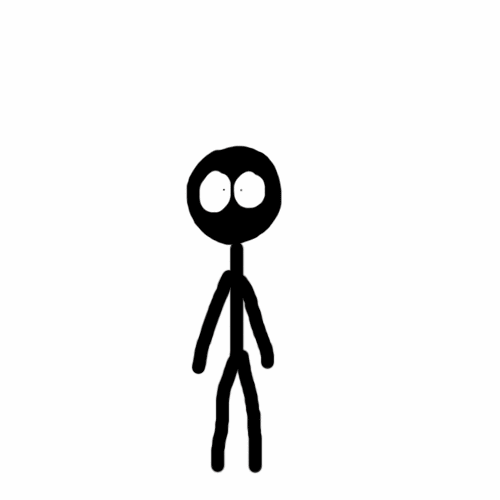Production Diary
Esher College Student Rotoscope
· Take previously created
character drawing, and open it in Adobe Flash CC
·
Fill the character drawings
with colour so they block colours· After, I took an image from Google and got a hand image, so I could complete my third shot. I rotoscoped the image so that it overlapped the character image so it looked like the characters were being held.
· Then I inserted a background from the internet and used that as a basis for my background design – follows the main colours that represents Esher College
· I drew two stars around the image and filled them in with colours.
· After, I imported the Esher College logo and edited it in Photoshop to remove the white background. It was then placed into the image at the bottom of the image but within the star.
· Finally, when this was completed, I exported the file as a video so that it could be edited into the final video in Adobe Premier Pro CC.
Vocal Cover
· To create my vocal cover, I used the application Audacity
· I downloaded a pre-made instrumental track of ‘Clean Bandit’s Rather Be’ from YouTube.
· Then, I imported this instrumental into Audacity.
· I selected the specific section of the instrumental that I wanted to use
· After, I recorded over the instrumental with my voice, for the final section of this song which I selected
· It was then exported as a final track as a ‘.wav’ and imported into Adobe Premier Pro later to be edited with my rotoscoping.
Canteen Rotoscope
· I filmed the canteen with a panning shot – originally it was meant to be a 360 panning shot but I found it was difficult to film with people walking in between film and blocking the shot so it ended up being something similar to 180 panning shot.
· Then, I edited my clip that I filmed using Final Cut Pro so I only kept the footage I needed which was cut from 14 seconds to 3 seconds.
· I found I had to convert my footage from a ‘.mov’ to a ‘.flv’ file. To do this, I used the online application ‘Zamzar’ to convert it. It had to be converted so I could import it into Adobe Flash CC as it only accepted ‘.flv’ files.
· After, I imported the converted file into Flash and began certain sections of my film.
· I found that during the process, I had to redo my Rotoscope due to the incorrect sizing of my video. It didn’t seem to fit the whole scene when I tested the scene.
· Also, I found I had problems with saving and technical difficulties, which made me, have to redo certain scenes again.
· Finally, I exported the file as a video and imported it into Adobe Premier Pro CC to be edited together with the other files.
Garage Band – Sound effects and Music
· Originally I was going to use Garage Band to combine my vocal cover with my sound effects to make it fill my 6-second vine.
· However, I found that the scene was going to previously use wasn’t very relevant and made the flow of the videos very disjointed so this meant that I didn’t include the sound effect which I wasn’t going to originally use.
· This also meant that I wouldn’t have to use Garage Band since created the vocal cover on audacity.
Punch Rotoscope
· Primarily, I was going to use an animated punching scene with a sound effect to create comedy, however I found that it’s use was irrelevant and that it broke the flow of the vine.
· My original plan was to include the punch scene as I found that people were most interested in comedy, however what I originally intended to do changed because of its unsuitability.
· So, I made the decision to remove the scene and extend my final scene so overall it was a 6-second vine.
Adobe Premier Pro – Final Edit
· Although in my plan I didn’t plan on using this application, I remembered I needed to edit all my files together.
· I imported my ‘Canteen Rotoscope,’ my ‘Esher College Student Rotoscope’ and my ‘Rather Be Vocal Cover’ into my new project.
· After, I arranged my files so it started with my ‘Canteen Rotoscope’ then my ‘Esher College Student Rotoscope’ – however I extended the second scene so that it was a total of 6-second.
· For my audio, I moved the audio so it ended at 6 seconds but as my audio was only about 4.5 seconds, I had no audio at the beginning.
· For the ‘Canteen Rotoscope’ I used a ‘Wipe’ transition, then for the second scene, the ‘Esher Student College Rotoscope’ I ended it with a ‘Cross Dissolve’ transition.
· Also, for my audio, I used an audio transition called ‘Constant Power’.
· Finally, I watched my video the whole way through to check for any minor problems, and exported the file movie file.









